Update: Oct. 10, 7:06 a.m. ET
Pakistani youth activist Malala Yousafzai was awarded the 2014 Nobel Peace Prize on Friday, an honor she shares with Kailash Satyarthi, who has long been campaigning against child exploitation in neighboring India. But until about two years ago, Malala was just a 15-year old blogger on a school bus with her friends. It was Oct. 9, 2012, when armed Taliban men boarded Malala’s bus and shot her in the head, transforming her from a minor Internet celebrity into an international symbol.
It’s hard to believe that she’s accomplished so much — including recovery from her injuries — in only two years, but Malala’s story actually started long before the assassination attempt that launched her to worldwide fame. She was born in the Swat valley in Pakistan, in 1997, to parents who encouraged her love for education from a young age. Her father, Ziauddin, opened a private school for boys and girls, partly to fight against gender discrimination in Pakistan. “My father educated my brother and me, but he didn’t send my sisters to school,” he told The Guardian. “I thought it was an injustice.” When Malala was born, he named her after a Pashtun heroine and never curbed her ambition.”Don’t ask me what I did, ask me what I did not do,” Ziauddin said in a TEDtalk about his daughter that quickly went viral, “I did not clip her wings.”
As a toddler, Malala would sit in classrooms in her father’s school and follow lessons for 10-year olds. Aryn Baker wrote in her 2012 profile of Malala for TIME:
By the time she was 2½, she was sitting in class with 10-year-olds, according to a close family friend and teacher at the school founded by Malala‘s father. The little girl with the huge hazel eyes didn’t say much, but “she could follow, and she never got bored,” says the teacher, who asked to remain anonymous for fear that she too might become a Taliban target. Malala loved the school, a rundown concrete-block building with a large rooftop terrace open to views of the snowcapped mountains that surround the Swat Valley. As she grew older, she was always first in her class. “She was an ordinary girl with extraordinary abilities,” says the teacher, “but she never had a feeling of being special.”
In 2008, everything changed. The Taliban gained control of the Swat region, banning DVDs, dancing, and beauty parlors. By the end of the year, over 400 schools were closed. Ziauddin took Malala to Peshawar, where she made a famous speech in front of national press titled “How Dare the Taliban Take Away My Basic Right to Education?” She was only 11.
In early 2009, Malala started blogging anonymously for the BBC about what it was like to live under the Taliban. Just a few days after she started, all girls schools were closed.
In retrospect, some parts of Malala’s blog seem like ominous foreshadowing: “On my way from school to home I heard a man saying ‘I will kill you’,” she wrote on Jan. 3, 2009. “I hastened my pace and after a while I looked back if the man was still coming behind me. But to my utter relief he was talking on his mobile and must have been threatening someone else over the phone.” But there are also humorous parts that remind us that, at the time, she was only 11: “My mother liked my pen name ‘Gul Makai’ and said to my father ‘why not change her name to Gul Makai?’ I also like the name because my real name means ‘grief stricken’.”
In December 2009, Ziauddin publicly identified his daughter, even though her real name has been widely suspected for months.
That proved to be a dangerous move. “We did not want to kill her, as we knew it would cause us a bad name in the media,” Sirajuddin Ahmad, a senior commander and spokesman for the Swat Taliban, told TIME for the 2012 magazine profile. “But there was no other option.”
In 2012, armed men boarded the converted truck that Malala and her classmates used as a makeshift school bus. “Which one is Malala?” one of them asked. “I think we must have looked at her,” Malala’s classmate Shazia Ramzan told TIME’s Aryn Baker. “We didn’t say anything, but we must have looked, because then he shot her.” Malala took a bullet to the head.
She endured a traumatic operation in Pakistan that left her with a (temporary) metal plate in her head while they stored a piece of her skull in her abdomen, to reattach when she’s healed enough. She was then airlifted to a hospital in Birmingham, England, where she had more medical treatment and extensive rehabilitation.
The rest of her story has played out in the public eye. Nine months after she was shot, Malala gave a now-famous speech at the UN. “They thought that the bullets would silence us. But they failed,” she said. “And then, out of that silence came thousands of voices. … Weakness, fear and hopelessness died. Strength, power and courage was born.”
Now relocated to England, Malala goes to Edgbaston School for Girls. She’s continued her high-profile campaign for girls’ education with The Malala Fund, which raises money to promote girls’ education. She’s used the fund as a platform to confront Barack Obama about drone strikes, help Syrian refugee children and demand the return of the Nigerian girls kidnapped by Boko Haram. And this September, she announced a $3 million multi-year commitment to partner with Echidna Giving to support girls education in developing countries.
Malala won Pakistan’s National Youth Peace Prize in 2011, before she was shot, but the prize been since renamed in her honor; it’s now the National Malala Peace Prize. She was shortlisted for TIME’s Person of the Year in 2012, and was one of the TIME 100 in 2013. She won a Mother Teresa Memorial Award for Social Justice in 2012 and the 2013 Simone de Beauvoir Prize for international human rights work on behalf of women’s equality.
Read more: “There Are Thousands of Malalas”
See Malala's Life In Photos

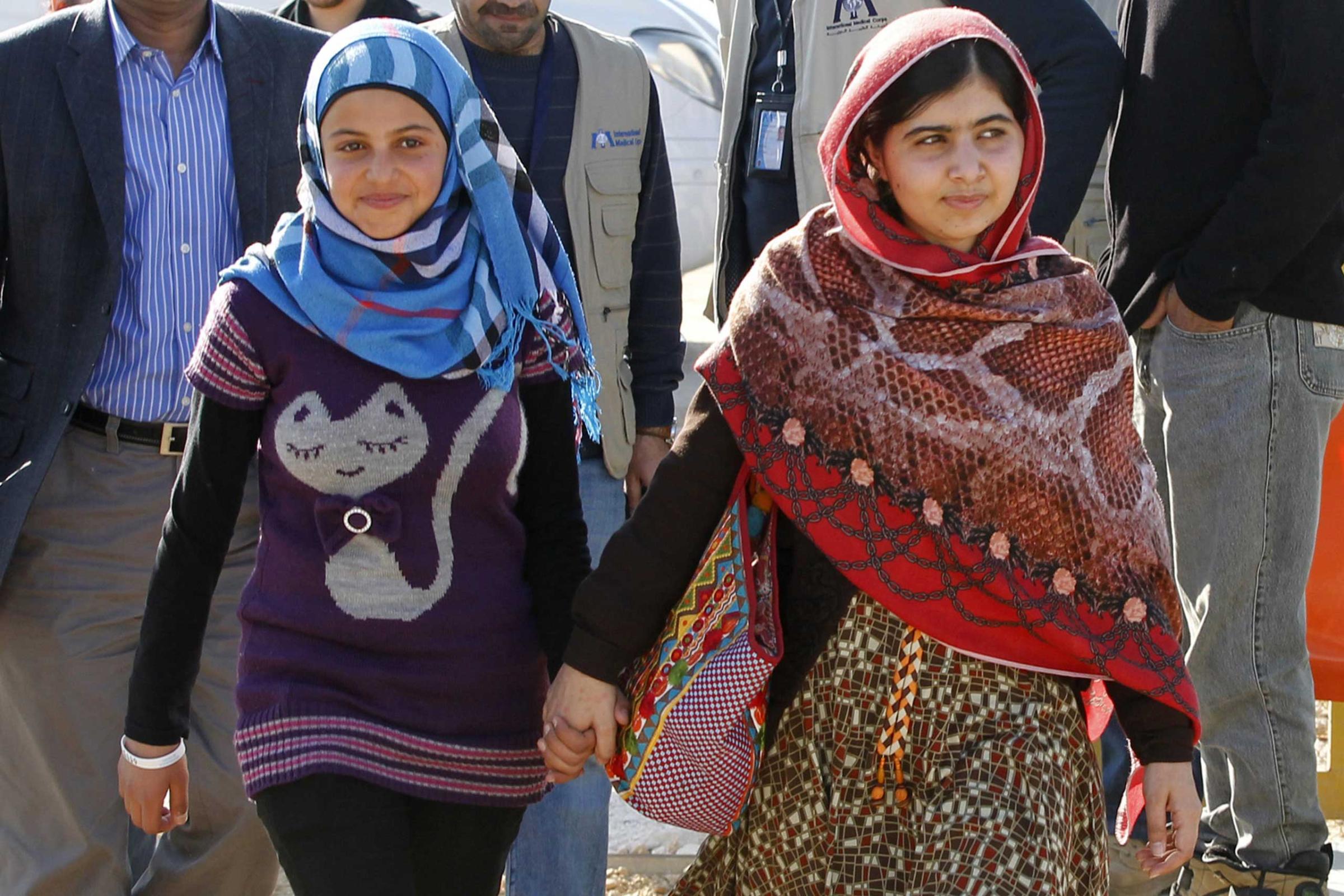
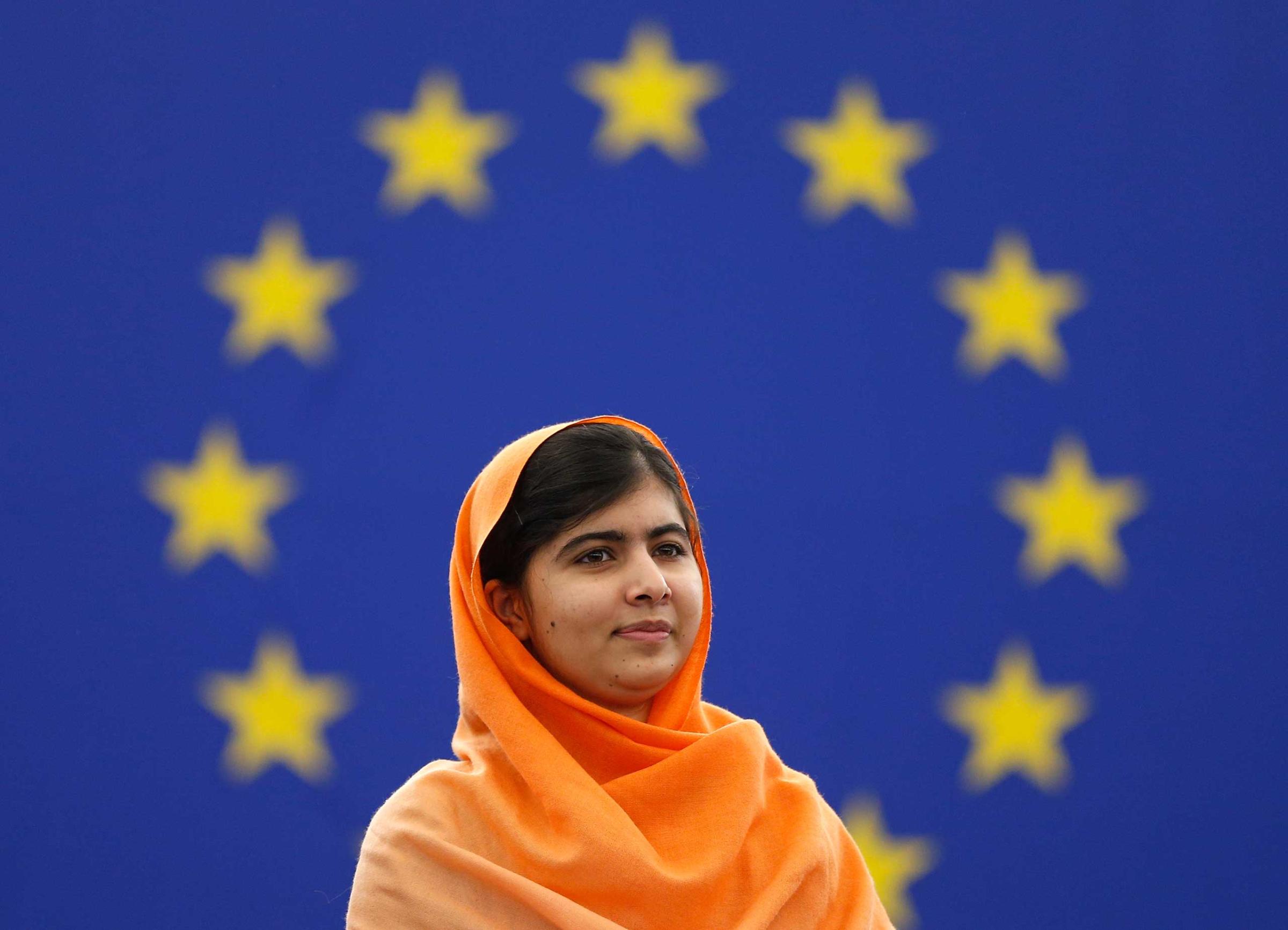
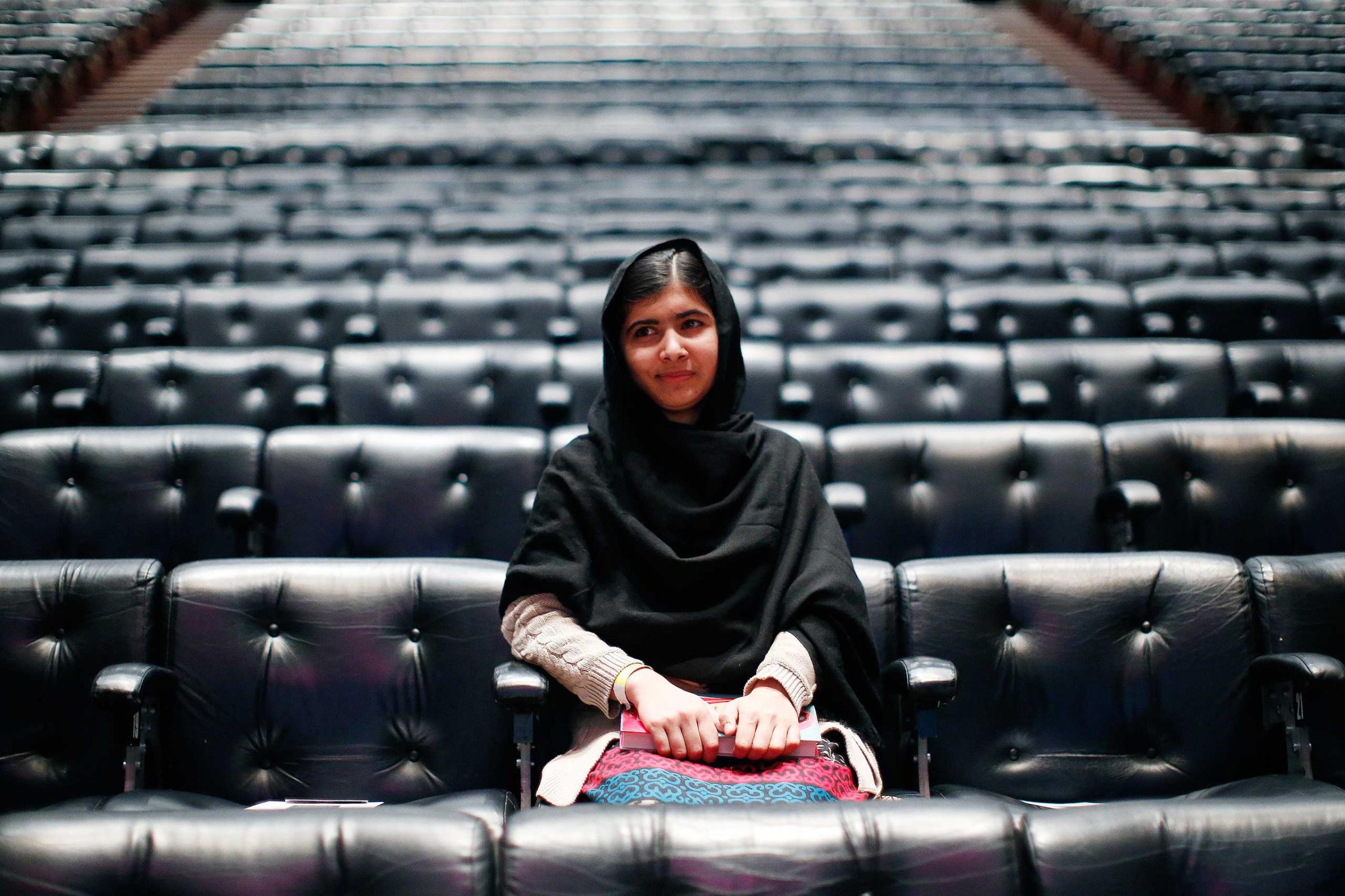
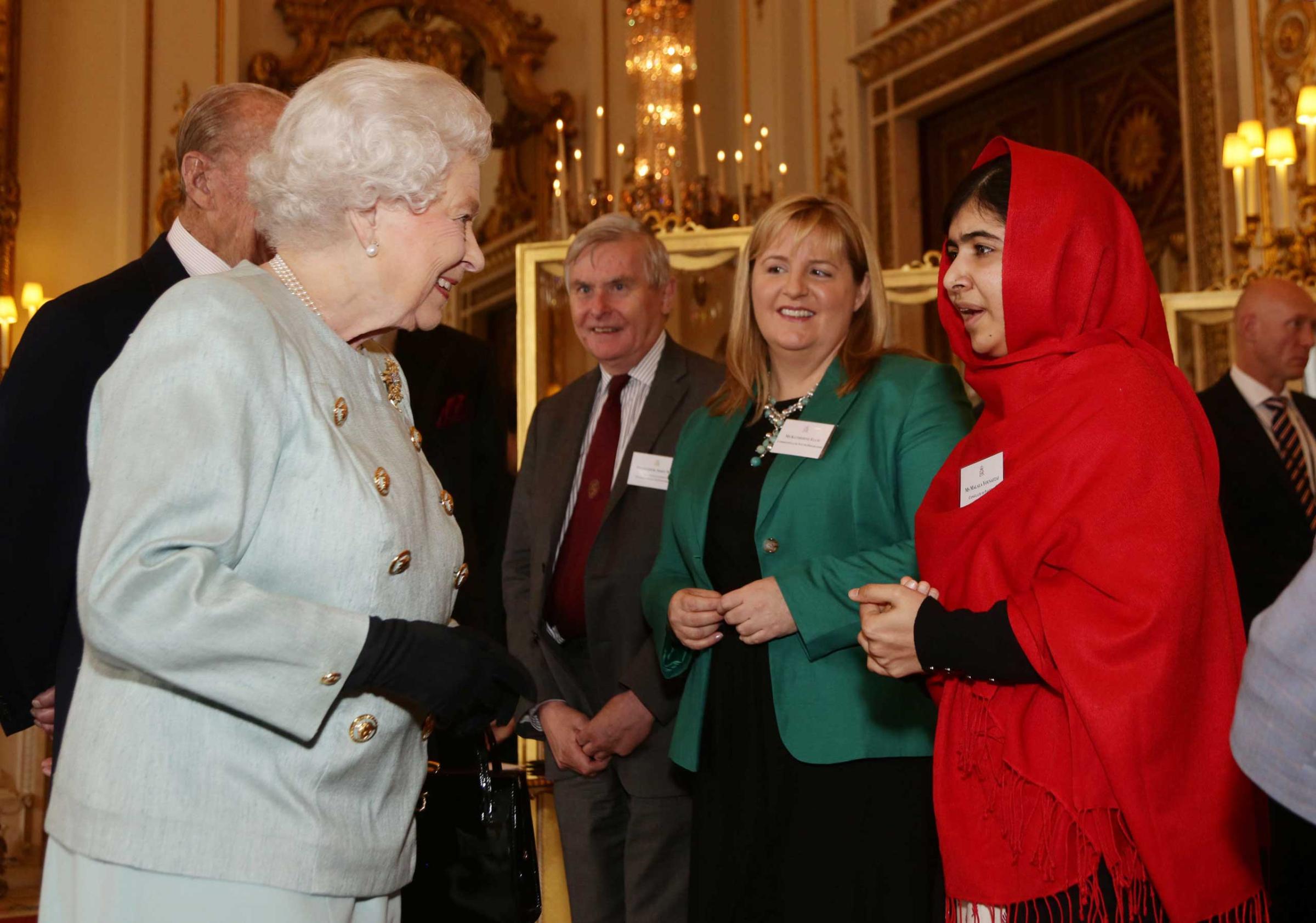
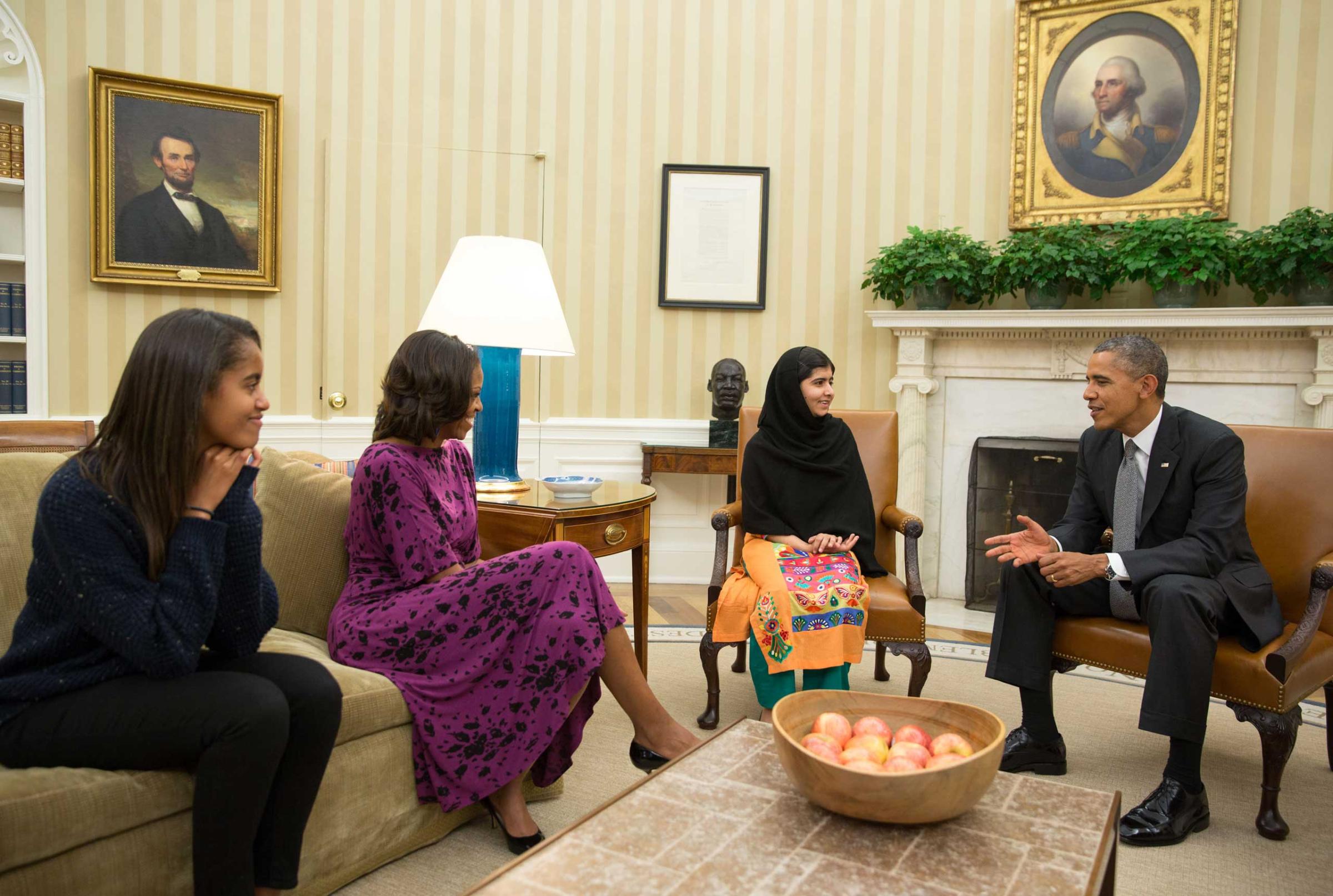




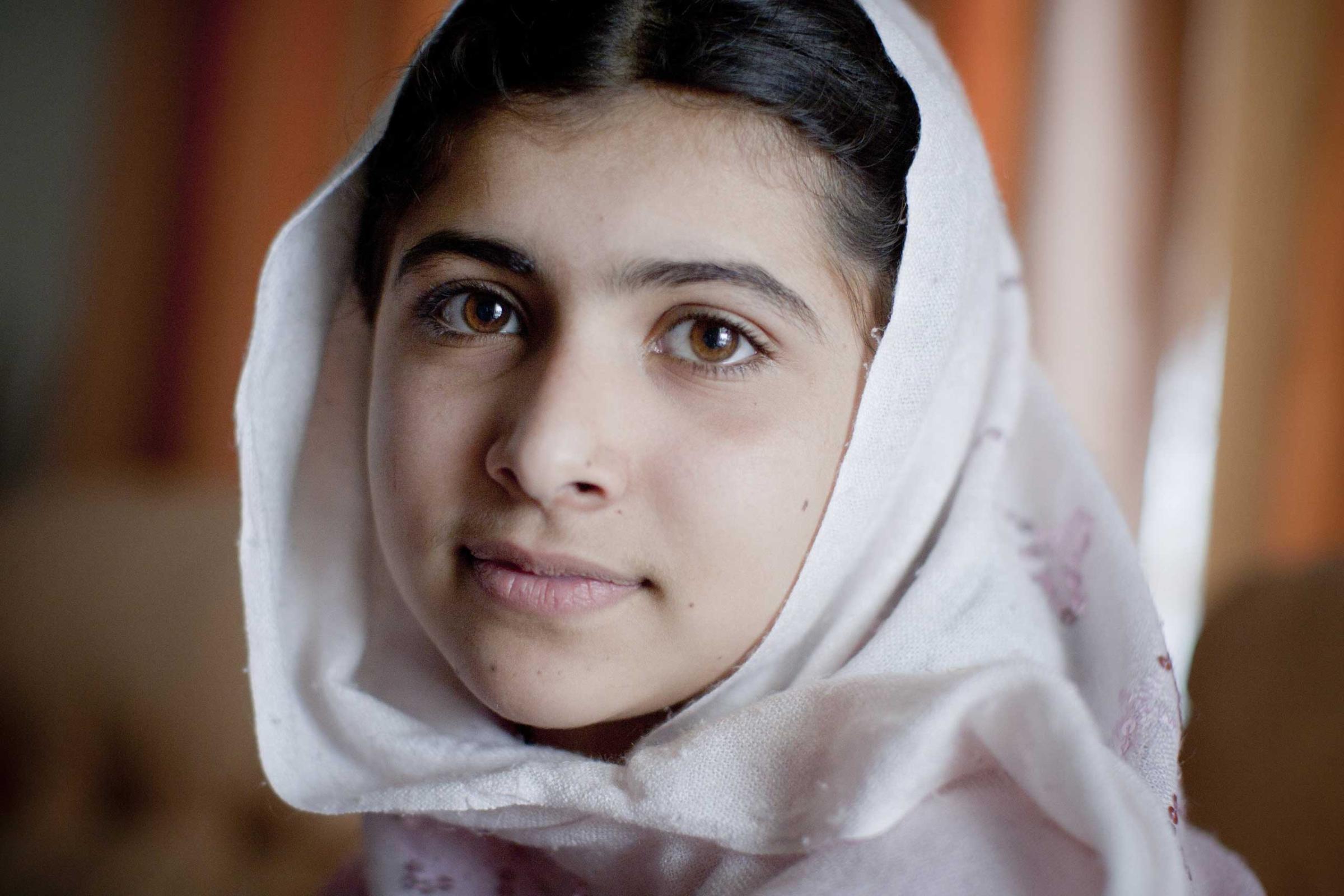
More Must-Reads From TIME
- The 100 Most Influential People of 2024
- The Revolution of Yulia Navalnaya
- 6 Compliments That Land Every Time
- What's the Deal With the Bitcoin Halving?
- If You're Dating Right Now , You're Brave: Column
- The AI That Could Heal a Divided Internet
- Fallout Is a Brilliant Model for the Future of Video Game Adaptations
- Want Weekly Recs on What to Watch, Read, and More? Sign Up for Worth Your Time
Write to Charlotte Alter at charlotte.alter@time.com